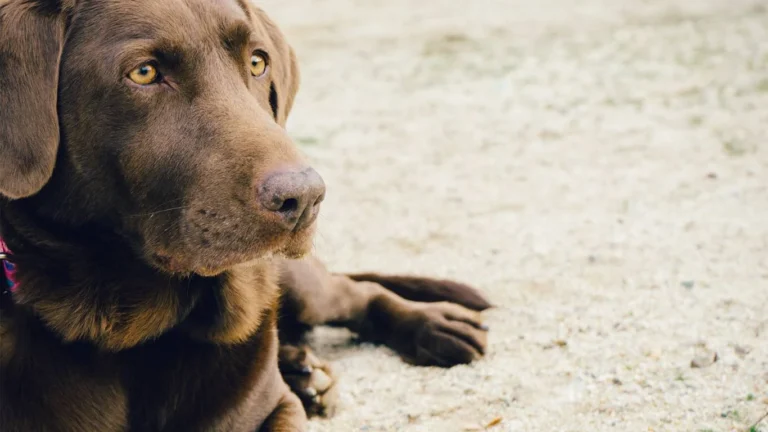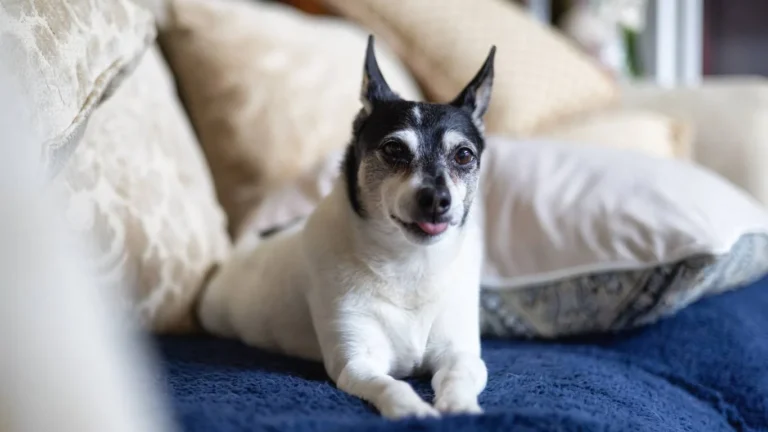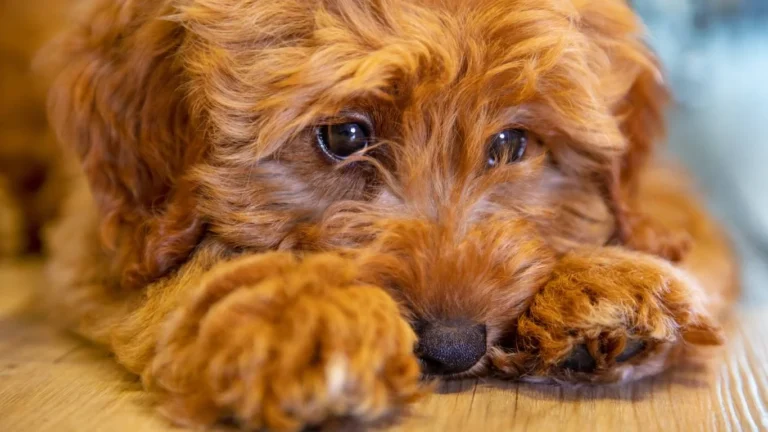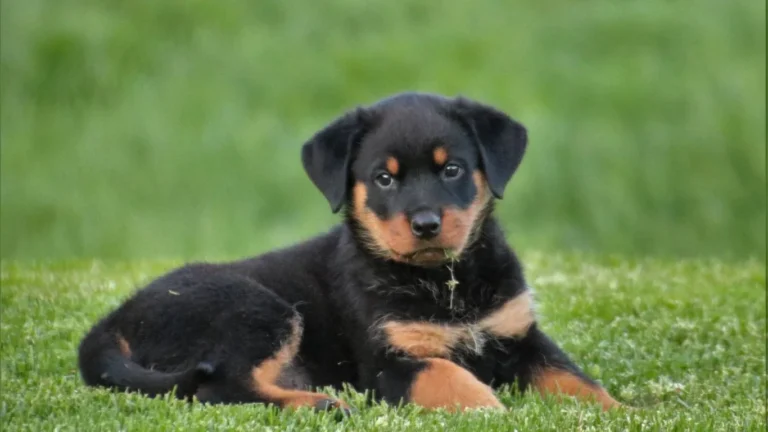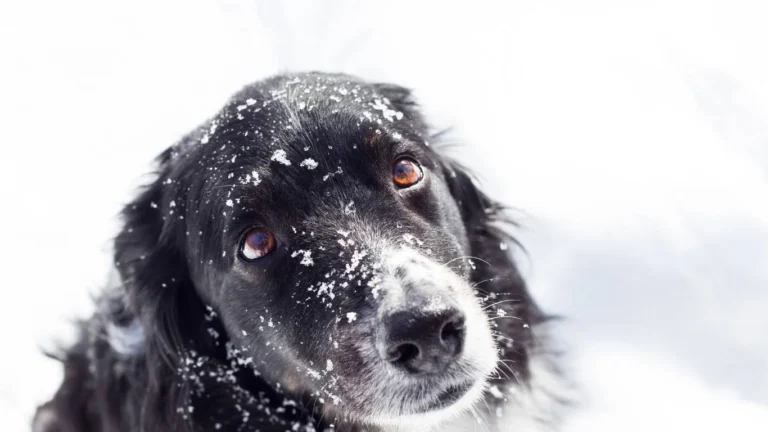Essential Guide: How to Care for a Dog After Neutering for Fast Recovery
When it comes to caring for a dog after neutering, the first few days at home are absolutely crucial. From my experience working as a Veterinary Assistant with a nutrition focus, I’ve seen how the right care can make a huge difference in your pup’s recovery — both physically and emotionally. Neutering isn’t just a quick surgery; it’s a big deal for your dog’s body, and knowing what to expect and how to support them can ease a lot of the stress for both of you. So, whether this is your first time or you’re brushing up on best practices, I’m here to share some straightforward, real-world tips that can help your dog bounce back comfortably and safely.
Understanding the Neutering Process and Immediate Aftercare
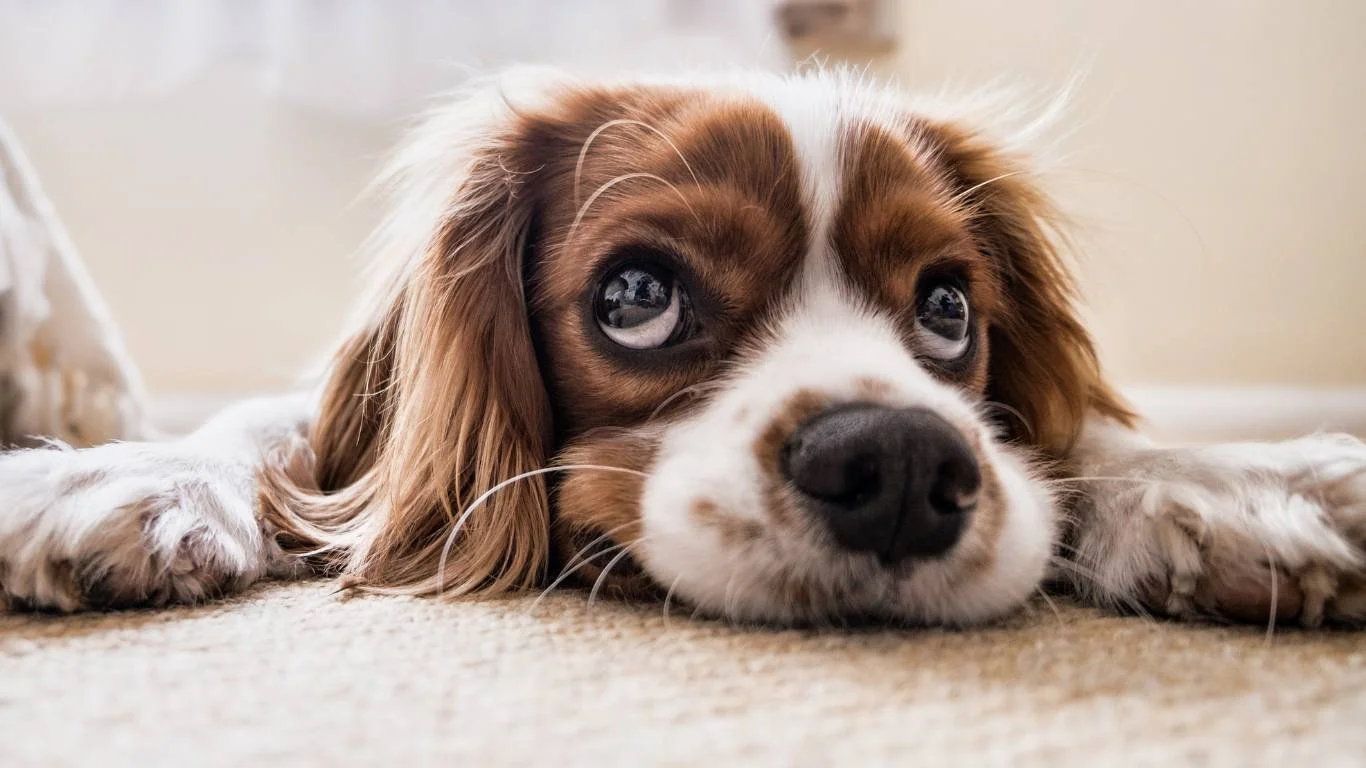
Before diving into the nitty-gritty of how to care for a dog after neutering, it’s good to get a basic understanding of what neutering actually involves. Essentially, neutering is the surgical removal of a male dog’s testicles, which prevents reproduction and often reduces unwanted behaviors like marking and aggression. While it’s a routine procedure, it’s still surgery, and your dog will need gentle handling during recovery.
What Happens Right After Surgery?
Once the surgery is done, your vet will likely keep your dog under observation until they’re awake and stable. When you bring your dog home, they might still feel groggy or a bit out of it from the anesthesia — this is totally normal. You’ll want to set up a quiet, cozy spot where they can rest without being disturbed. In my experience, a soft bed or crate lined with blankets works wonders to make them feel safe.
Key Signs to Watch For
It’s super important to monitor your dog closely in the first 24 to 48 hours. Here are a few things I always tell pet parents to keep an eye on:
- Appetite: It’s normal if your dog isn’t very hungry right after surgery, but they should start eating within 24 hours.
- Energy levels: Expect your dog to be sleepy, but if they’re excessively lethargic or unresponsive, that’s a red flag.
- Incision site: Look for any swelling, redness, or discharge. Some mild swelling is typical, but anything oozing pus or bleeding needs vet attention.
- Behavioral changes: Whining or restlessness can mean pain or discomfort.
Creating a Comfortable Recovery Space at Home

One of the most important steps in learning how to care for a dog after neutering is setting up an ideal environment for their healing. The goal here is to keep things calm, clean, and as stress-free as possible.
Location, Location, Location
I always advise pet parents to prepare a dedicated recovery zone well before the surgery day. Pick a low-traffic area in your home where your dog won’t get overwhelmed by noise or too much activity. This helps prevent unnecessary excitement and movement that might pull at the incision.
Comfort Is Key
Since your dog won’t be able to run or jump around much, making their resting spot soft and inviting can go a long way. Add a few blankets or a memory foam bed if you have one. Keep the temperature cozy but not too warm — dogs often feel chilly after anesthesia.
Minimizing Movement
Restricting your dog’s activity is essential for preventing complications. Think short leash walks only for bathroom breaks and no vigorous play. I’ve seen cases where owners let their pups jump on the couch or run around too soon, which ended up causing swelling or opening the incision. So trust me, it’s better to be cautious here!
Managing Pain and Medication After Neutering
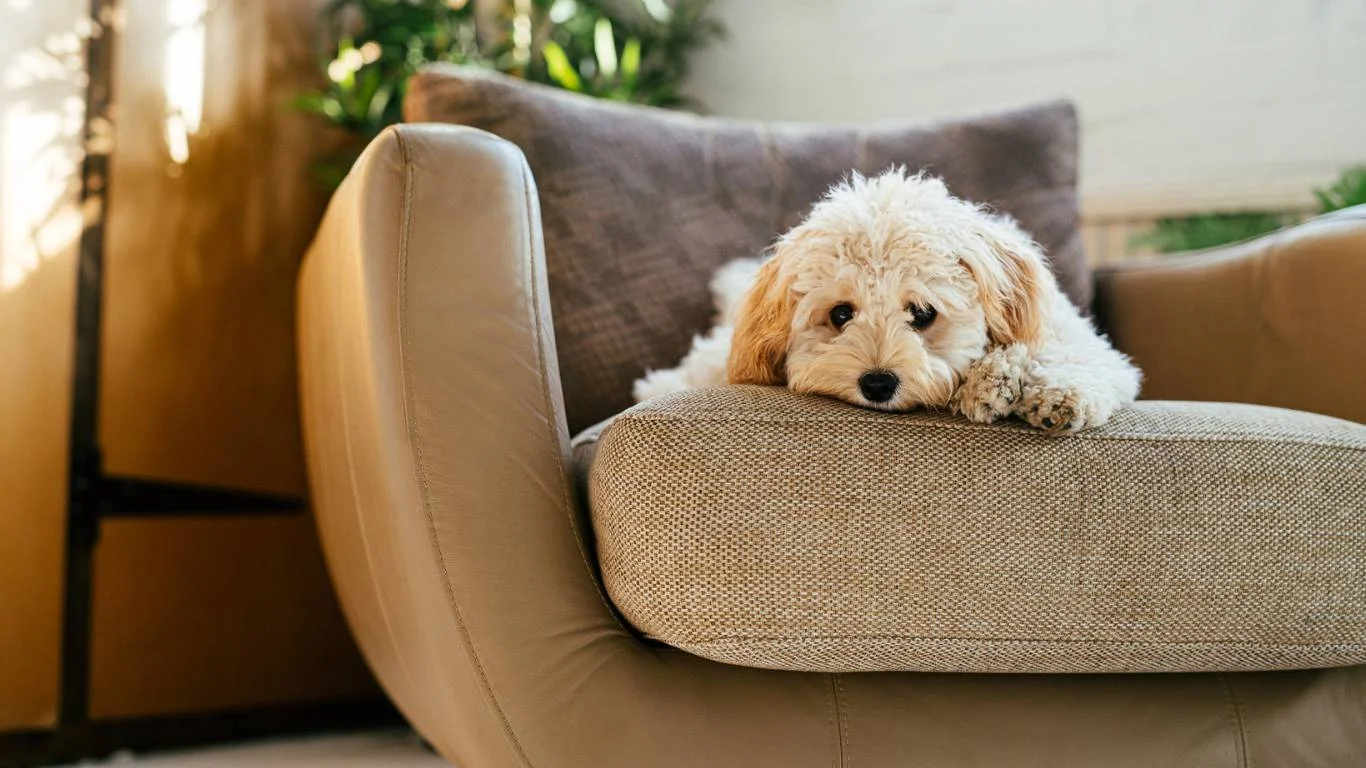
One of the biggest concerns I hear from pet parents is, “How do I know if my dog is in pain after neutering?” Trust me, it’s totally normal to worry about this. The good news is that vets usually prescribe pain medication to keep your furry friend comfortable, but it’s still on you to make sure everything goes smoothly at home.
Signs Your Dog Might Be in Pain
From my time assisting vets and observing post-op patients, pain can show up in different ways. Some dogs are stoic and won’t show much, while others can be vocal and restless. Here’s what I always suggest watching for:
- Whining or whimpering when moving or touched near the incision
- Excessive licking or biting at the surgery site
- Restlessness or inability to settle down
- Shaking, trembling, or panting even when not hot or thirsty
- Reduced appetite or reluctance to move
Giving Medication Safely
Follow your vet’s instructions carefully when it comes to pain meds and any antibiotics. It’s tempting to stop medication once your dog seems better, but I’ve seen complications arise from early discontinuation. A good rule of thumb? Complete the full course of meds, no matter what.
Also, never give human painkillers to your dog — some of these can be really toxic. If you’re unsure or your pup is reacting oddly, call your vet immediately. In my experience, a quick phone check-in can save a lot of stress and prevent bigger problems.
Nutrition and Hydration: Fueling a Smooth Recovery
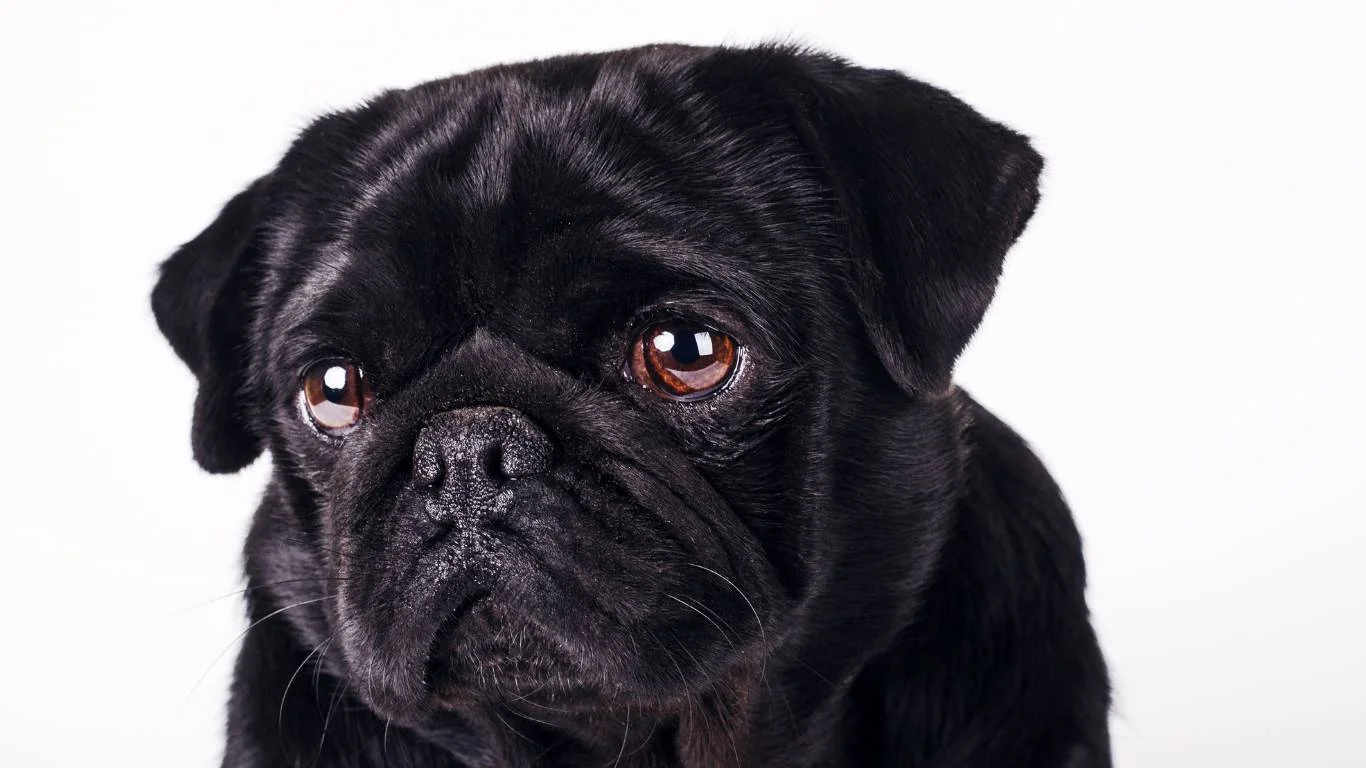
One of the areas I’m really passionate about, given my background in veterinary nutrition, is how diet plays a role in recovery after neutering. Your dog’s body needs proper fuel to heal efficiently — and that means paying attention to what they eat and drink post-surgery.
When to Feed and What to Feed
Right after surgery, your dog might not be hungry, and that’s okay. Usually, it’s best to wait until they’re fully awake and show interest in food — sometimes a few hours after you get home. Offering small, bland meals at first can help avoid upsetting their stomach. Think boiled chicken and rice or your vet’s recommended recovery diet.
From personal experience, I’ve found that sticking to high-quality, easily digestible foods helps prevent tummy troubles and supports healing. Avoid any treats or new foods that could cause allergies or digestive upset until your dog’s fully recovered.
Hydration Is Just as Important
Don’t forget water! Keeping your dog hydrated helps flush out anesthesia and supports all those healing processes. I always make sure my patients have fresh water within easy reach. If your dog isn’t drinking much, try offering ice cubes or a bit of low-sodium broth to entice them.
Preventing Infection and Promoting Healing at the Incision Site
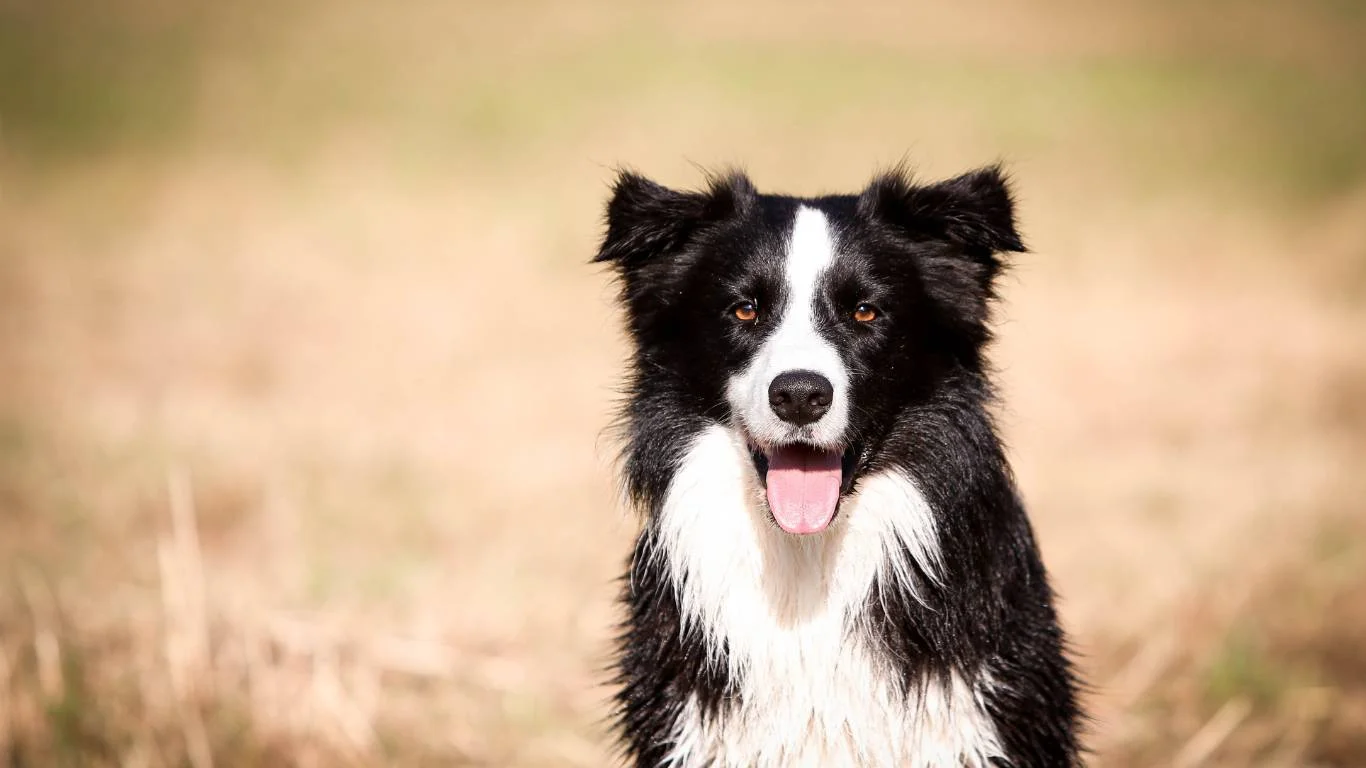
Keeping that incision clean and protected is one of the most important parts of learning how to care for a dog after neutering. Infection is a risk if bacteria get into the wound, so here’s how you can stay ahead of any trouble.
Monitoring and Cleaning the Incision
Check the incision site daily for signs of swelling, redness, or discharge. A little bit of bruising or mild swelling is normal, but anything that looks inflamed or has pus needs immediate vet attention. If your vet recommends cleaning the area, use a mild antiseptic solution and follow their exact instructions — no over-cleaning, which can irritate the skin.
Preventing Licking and Chewing
This is a biggie. Dogs often try to lick or chew at their incision because it feels weird or itchy, but this can cause serious damage and introduce bacteria. I always recommend using an Elizabethan collar (aka the “cone of shame”) or other protective gear to keep your dog from reaching the area.
In my experience, some dogs hate the cone at first, but they quickly get used to it — and it’s so worth it to avoid infections or reopened wounds. If your dog is really stressed by the collar, talk to your vet about alternatives like inflatable collars or recovery suits.
Activity Restrictions and When to Resume Normal Exercise
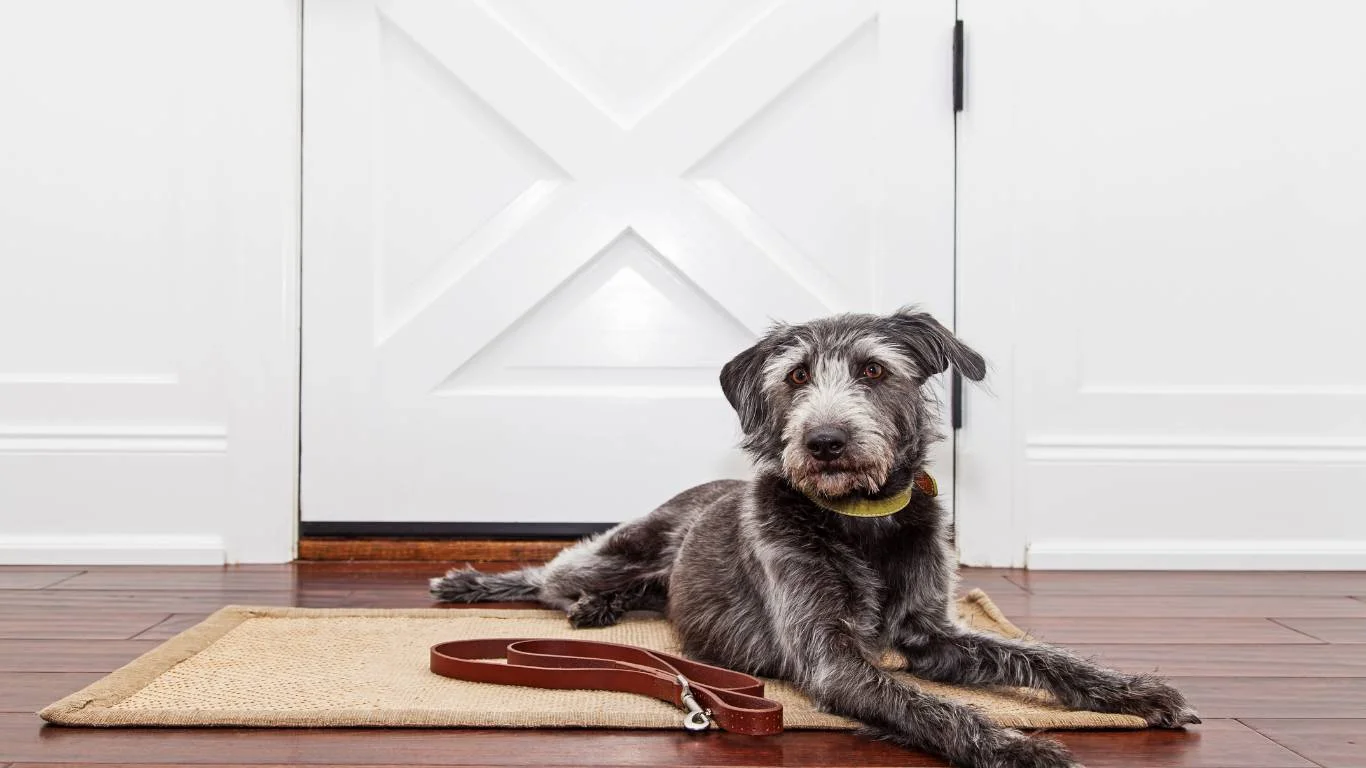
One of the trickiest parts about learning how to care for a dog after neutering is managing their activity. Dogs don’t exactly understand why they suddenly can’t run and jump like usual, and it can be tough to keep their excitement in check. Based on my experience as a Veterinary Assistant, I can’t stress enough how important it is to restrict movement to ensure proper healing.
Why Limiting Activity Matters
After neutering, the surgical site needs time to heal without strain or trauma. Vigorous activities like running, jumping, or playing rough can reopen the incision or cause internal swelling and discomfort. I’ve seen dogs who tried to sneak in a quick sprint or leap and ended up with complications that extended recovery times. So, patience here pays off big time.
How Long to Restrict Exercise
Generally, vets recommend limiting your dog’s physical activity for at least 10 to 14 days post-surgery. During this time, walks should be short and on a leash — just enough for bathroom breaks. No off-leash running, no playing with other dogs, and definitely no swimming (the water can introduce bacteria to the incision).
It’s tempting to rush back to normal routines, but even if your dog seems energetic and eager, the body is still healing beneath the surface. If you notice swelling, redness, or your dog licking the incision more after activity, that’s a sign to dial it back and consult your vet.
Emotional Support: Helping Your Dog Feel Safe and Loved
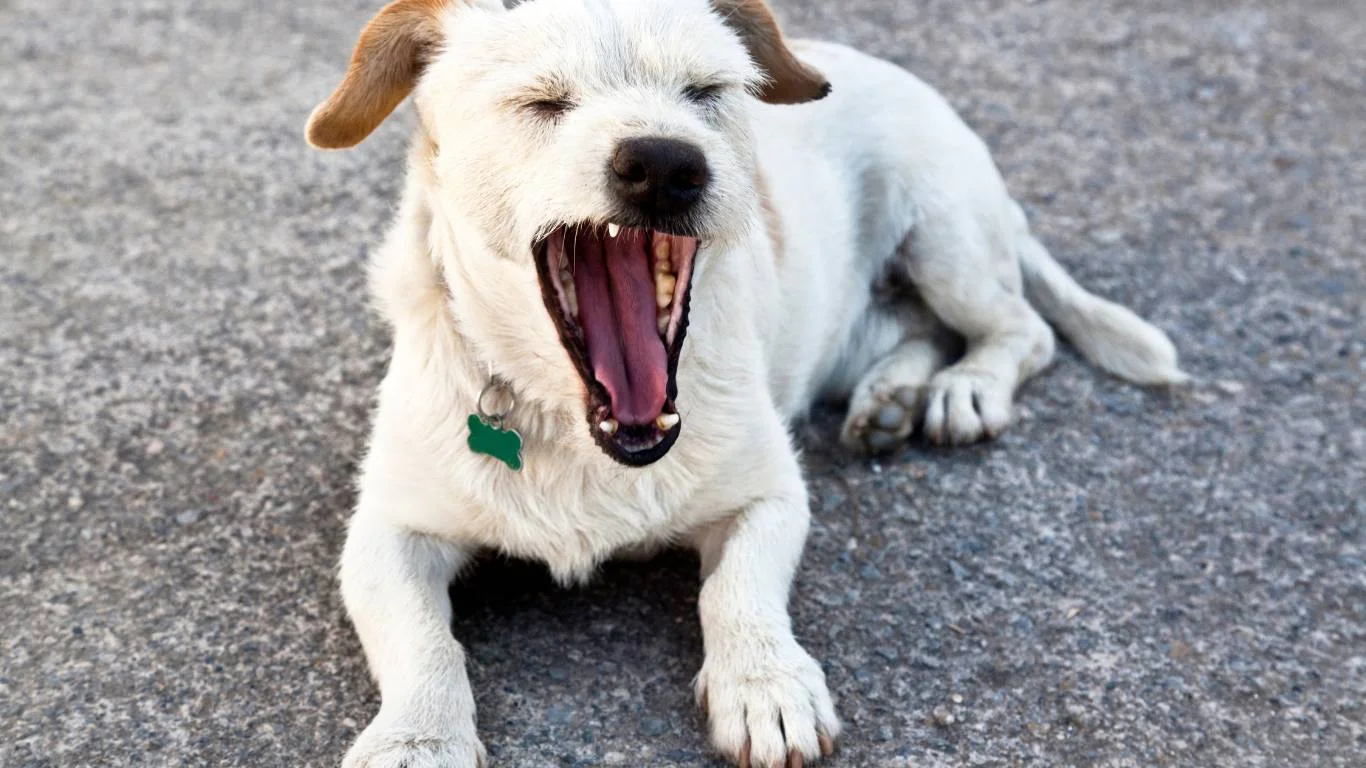
Recovering from surgery isn’t just a physical journey for your dog — it can be an emotional one too. As someone who’s worked closely with both pets and their families, I’ve learned that offering gentle emotional support is just as important as physical care.
Patience and Calmness Go a Long Way
Your dog picks up on your energy, so keeping a calm, reassuring presence can help ease their anxiety. Talk to them softly, pet them gently, and avoid loud noises or stressful situations during recovery. Even simple things like spending extra quiet time together or offering favorite toys can comfort them.
Recognizing Behavioral Changes
It’s normal for dogs to seem a bit off or withdrawn after surgery. Some might be clingier, while others could want more alone time. Neither is wrong — it just means they’re coping with the healing process. If you notice drastic behavior shifts like aggression, severe withdrawal, or persistent restlessness, it’s worth mentioning to your vet, just to rule out pain or discomfort.
Follow-Up Care and When to Call the Vet
Finally, scheduling and attending your vet’s follow-up appointment is key to a smooth recovery. Your vet will want to check the incision, remove stitches if necessary, and make sure your dog is healing as expected.
When to Reach Out to Your Vet Immediately
While most recoveries go without a hitch, there are some warning signs that mean you should contact your vet right away:
- Heavy bleeding or swelling at the incision site
- Foul-smelling discharge or pus
- Sudden lethargy or refusal to eat/drink
- Vomiting or diarrhea lasting more than 24 hours
- Signs of severe pain that aren’t relieved by medication
- Difficulty breathing or collapsing
Regular Monitoring Makes All the Difference
Even if everything looks good, keep a close eye on your dog for at least two weeks post-op. Sometimes small issues can crop up late, and early detection is the best way to prevent bigger problems. Don’t hesitate to ask your vet questions — they want you and your dog to succeed at recovery just as much as you do.
References
- American Veterinary Medical Association (AVMA)
- ASPCA
- American Animal Hospital Association (AAHA)
- Cornell University College of Veterinary Medicine
Disclaimer
This article is intended for informational purposes only and should not replace professional veterinary advice. Always consult your veterinarian for specific guidance and treatment tailored to your dog’s individual needs. Every dog’s recovery can vary, and only a qualified professional can provide a thorough assessment.

